 |
| February 26, 2021 |
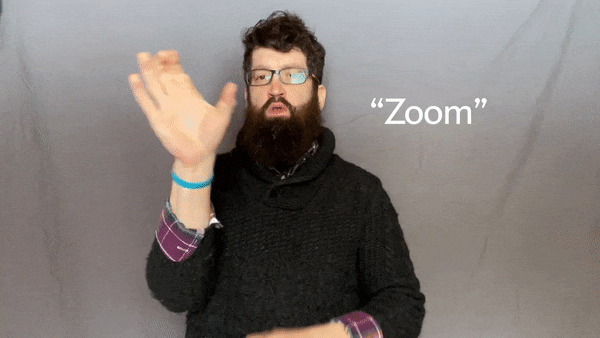 |
| |
| |
| |
| Public Health COVID, Quickly Episode 1: Vaccines, Variants and Diabetes Today, we begin a new podcast series: "COVID, Quickly." Every two weeks, Scientific American's senior health editors, Tanya Lewis and Josh Fischman, catch you up on the essential developments in the pandemic, from vaccines to new variants, and everything in between. |  | By Tanya Lewis,Josh Fischman,Jeffery DelViscio,Sunya Bhutta | 04:13 | | | |
| Computing Machine Learning Pwns Old-School Atari Games You can call it the ‘revenge of the computer scientist.’ An algorithm that made headlines for mastering the notoriously difficult Atari 2600 game Montezuma’s Revenge, can now beat more games, achieving near perfect scores, and help robots explore real-world environments. Pakinam Amer reports. |  | By Pakinam Amer | 07:46 | | | |
| |
| |
| |
| |
| |
| |
FROM THE STORE
 | | | |
| |
FROM THE ARCHIVE
 | | Sign Languages Display Distinct Ancestries Well more than 100 distinct sign languages exist worldwide, with each having features that made it possible for researchers to create an evolutionary tree of their lineages. By Susanne Bard | January 2020 | | |
| |
LATEST ISSUES
 |
| |
| Questions? Comments?  | |
| Download the Scientific American App |
| |
| |



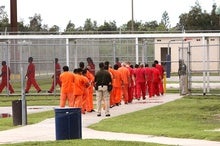
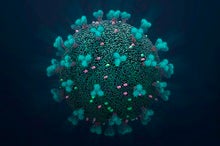

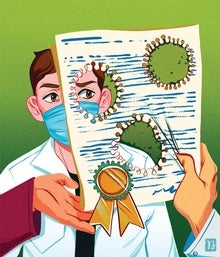

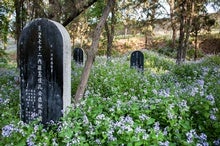
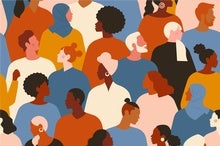
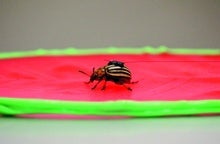

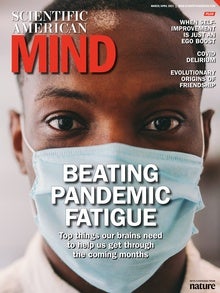



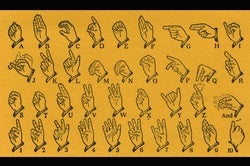
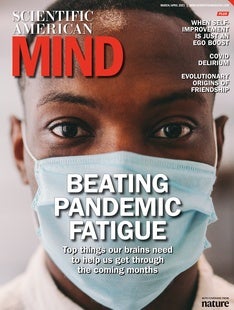

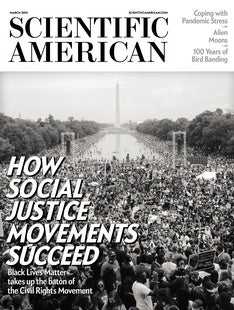
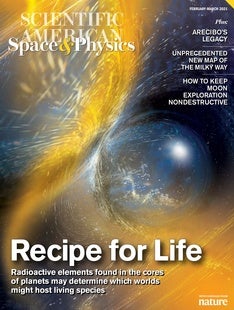
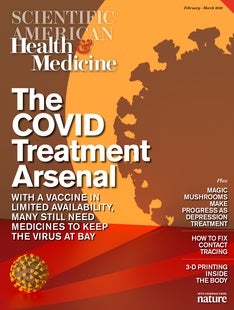



Comments
Post a Comment